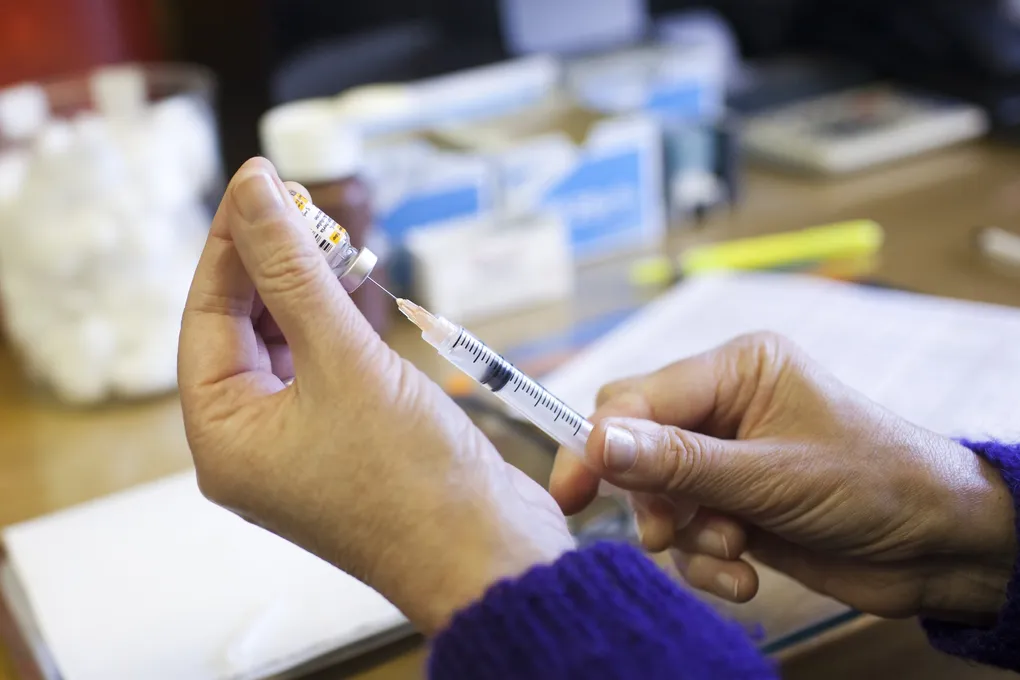After a brief decline during the pandemic, whooping cough, medically known as pertussis, is making a concerning comeback. This surge is raising alarms among public health officials across the United States. This year alone, the U.S. has reported over 10,000 cases.
This number is unusually high, even when compared to pre-pandemic figures, according to Dr. Kathryn Edwards. Dr. Edwards is a vaccine expert at Vanderbilt University who has dedicated decades to studying pertussis. The World Health Organization (WHO) recently urged countries experiencing high levels of spread, including the United States, to enhance surveillance and intensify vaccination efforts.
Understanding the Surge and Severity
The increase in whooping cough cases is attributed to a combination of factors, and the illness itself is far from mild.
Causes of the Current Outbreak
Dr. Edwards attributes the current surge primarily to two factors. First, there has been a noticeable decline in childhood vaccination rates. This leaves more individuals vulnerable to the infection. Second, the reduced exposure to the disease during the pandemic meant immune systems were not “reminded” of how to recognize and fight off the pertussis bacteria. This lack of natural exposure contributed to waning immunity.
The Impact of Whooping Cough
While whooping cough is less fatal than other vaccine-preventable diseases like measles and polio, it is by no means a mild illness. Often dubbed the “100-day cough,” this respiratory infection is known for causing severe bouts of coughing. These coughs can be so intense that they lead to vomiting or even broken ribs. Approximately one-third of infants who contract whooping cough require hospitalization.
Tragically, 10 people died from the infection last year, with most victims being younger than one year old. Dr. William Schaffner, an infectious disease specialist at Vanderbilt University Medical Center, warns, “These cough seizures can be so profound that you can lose consciousness and fall.”
Vaccination Guidelines: Who, When, and Why
Understanding current vaccination recommendations is crucial for protecting oneself and others.
Standard Vaccination Schedules
The initial series of vaccines for pertussis, which also protects against tetanus and diphtheria (Tdap), is typically administered during childhood. For adults, medical professionals generally recommend booster shots every 10 years. This recommendation stems from the vaccine’s characteristics. While the current pertussis vaccine provides excellent short-term immunity, its protection significantly diminishes after just a few years.
An earlier version of the vaccine offered longer-lasting protection but was phased out in 1996 due to side effects, including seizures and fevers. If you are uncertain about your last vaccination date, Dr. Schaffner assures that getting an extra shot within the 10-year window poses no harm, beyond a temporary sore arm.
Local Outbreaks and Geographical Concerns
Local public health officials might advise a booster shot for anyone living in proximity to an active whooping cough outbreak. According to the latest data from the Centers for Disease Control and Prevention (CDC), states on the West Coast, including Washington, Oregon, and California, have reported the highest number of cases this year. This highlights the importance of staying informed about local health advisories.
Specific Groups Requiring Extra Protection
Certain populations are at higher risk or can significantly impact the health of others through vaccination.
Protecting Young Children
Whooping cough, though unpleasant for adults, can be devastating for infants under one year old. Babies have less developed immune systems and, for reasons not fully understood by scientists, experience a much more severe reaction to the toxins released by the pertussis bacterium. This year, four of the five reported deaths from the infection were among children under one year old.
Unvaccinated children are 13 times more likely to become infected than their fully vaccinated peers, and they face a higher risk of severe outcomes. The bacteria are often spread to babies by adults who may not realize they have whooping cough, or who show no symptoms at all, explains Dr. Schaffner. Experts recommend that if you plan to visit a child younger than six months old, especially under two months, you should ensure you’ve had a Tdap shot within the last five years.
If not, or if you are unsure, it’s best to get a Tdap booster at least two weeks before interacting with the infant. This allows sufficient time for immunity to develop.
Vaccination During Pregnancy
Vaccination during the third trimester of pregnancy offers crucial protection for newborns during their most vulnerable early months of life, before they are old enough to receive their own vaccinations. Dr. James Cherry, a long-time pertussis researcher at the University of California, Los Angeles, suggests that if all pregnant women followed the CDC’s recommendation to get the Tdap shot in their third trimester, the country could virtually eliminate all whooping cough deaths.
Despite this strong recommendation, only about 60% of pregnant women in the United States currently follow this vital guideline.
Preteens: A Vulnerable Age Group
As children grow older, their immunity from childhood pertussis vaccinations wanes. By the age of 11, most of the protection from their early shots has significantly worn off. Simultaneously, children in this age group spend a considerable amount of time in school environments, where bacteria can spread readily.
This year, over one-third of reported whooping cough cases have been among individuals aged 11 to 19 years old. For this reason, the CDC specifically recommends that children receive a booster shot at 11 or 12 years old. While this age group is less likely to experience fatal complications, the lingering cough can disrupt daily activities like sleeping, eating, and studying, and can persist for months after the initial infection.








